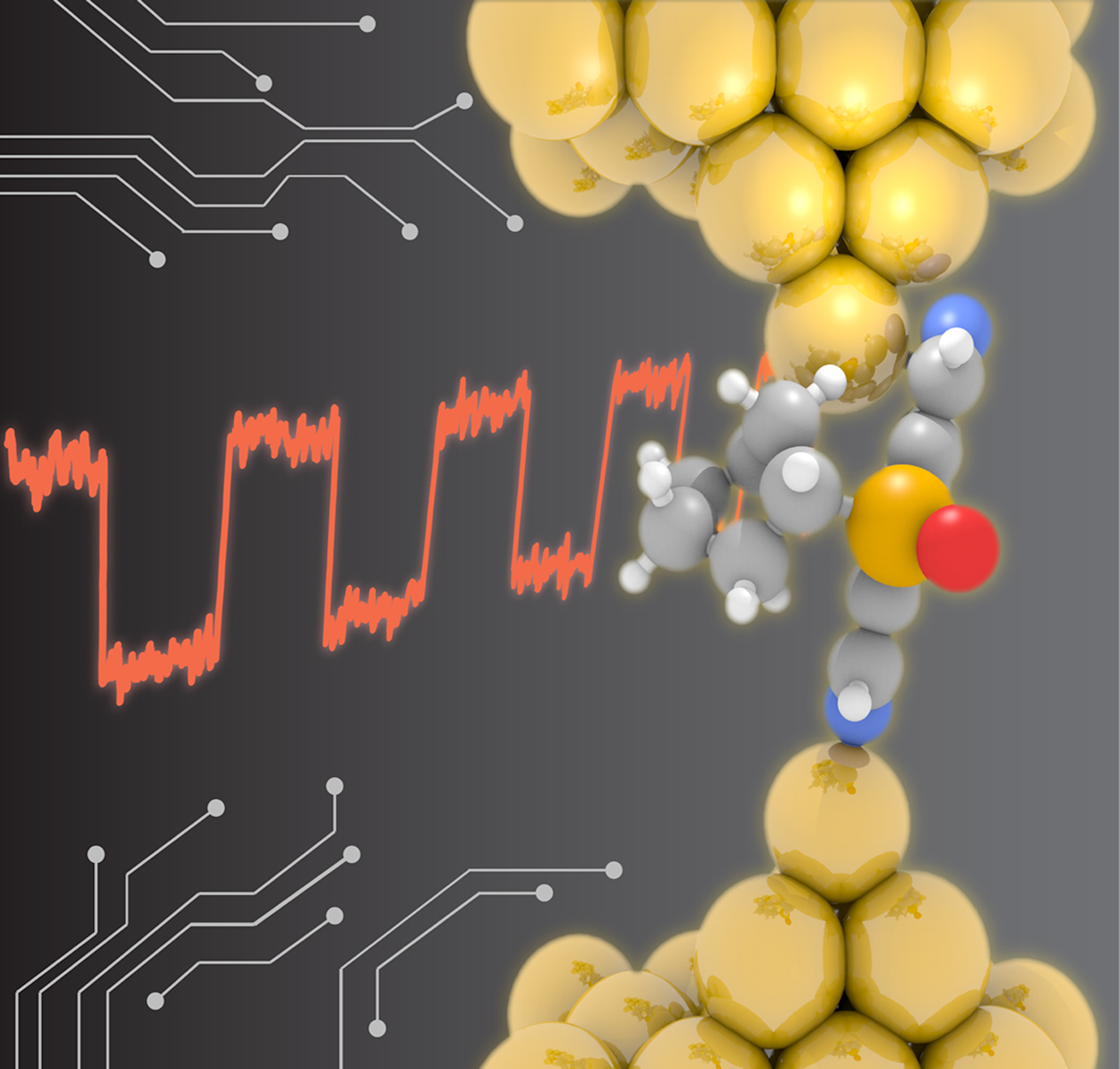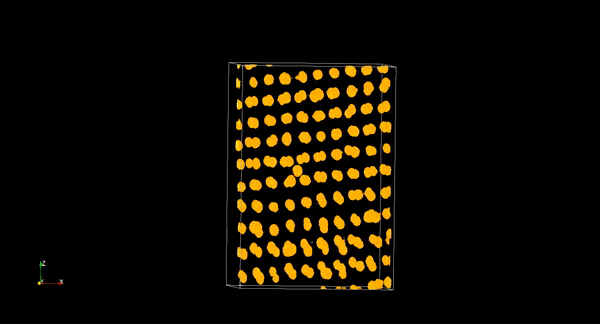_ Lindemann's change structure section in electrical nanostructures
Lindemann change (change structure) in ring nanostructures can be called conductivity effects, a feature in nanoelectronics.
Researcher and author: Dr. ( Afshin Rashid)
Note: Conductivity effects can be mentioned in the case of ring nanostructures. One of the most important ring systems is graphene, which is known as the first stable two-dimensional structure in dense matter. The emergence of graphene has had a great impact on the development of molecular electronics. However, due to the lack of a gap in its energy spectrum, the precise control of its conductive behavior is difficult. A possible solution to get rid of this bottleneck is to limit graphene in one dimension and create graphene nanoribbons, which creates a gap in the energy spectrum.
The size of this gap can be controlled by the width and tortuosity of the structure, and according to the structure of the nano-ribbons, which are composed of graphene rings, the effect of their electrical conduction can be controlled by the magnetic flux passing through the rings of the nano-tubes . If the width of the narrow graphene nanoribbon changes, in this case from seven to nine atoms, a special region is created in the transition, because the electronic properties of the two regions are "protected" by a special, so-called topological, different method. Therefore, a new very strong quantum state is created in the transition region. This localized electronic quantum state can now be used as a key feature to produce certain semiconductors, metals or insulators – and possibly even as a feature in nanoelectronics.
Based on these Roman quantum chains, the conductive effects of graphene ring systems ( Nano graphene tape ) in single-layer CNT nanotubes and CNTs with high electrical conductivity can be made. The resistance of the connections increases due to the grain boundary scattering and side wall scattering of electrons. The increased Joule heating and low current-carrying capability of nano-scale junctions, and due to its remarkable electrical and other properties, graphene becomes a reliable candidate for next-generation junctions. Graphene is the lowest resistance material with high current density, large mean free path and high electron mobility. For practical implementation, graphene sheet with narrow band or graphene nanoribbon (GNR) is the most suitable bonding material. However, the geometrical structure changes the nanoelectrical properties to a small extent compared to the conductive effects of graphene ring systems ( Nano graphene tape ) in CNT and CNTs single-layer nanotubes .
Conclusion :
In the case of ring nanostructures, we can mention conduction effects. One of the most important ring systems is graphene, which is known as the first stable two-dimensional structure in dense matter. The emergence of graphene has had a great impact on the development of molecular electronics. However, due to the lack of a gap in its energy spectrum, the precise control of its conductive behavior is difficult. A possible solution to get rid of this bottleneck is to limit graphene in one dimension and create graphene nanoribbons, which creates a gap in the energy spectrum.
Researcher and author: Dr. ( Afshin Rashid)
Specialized doctorate in nano-microelectronics




